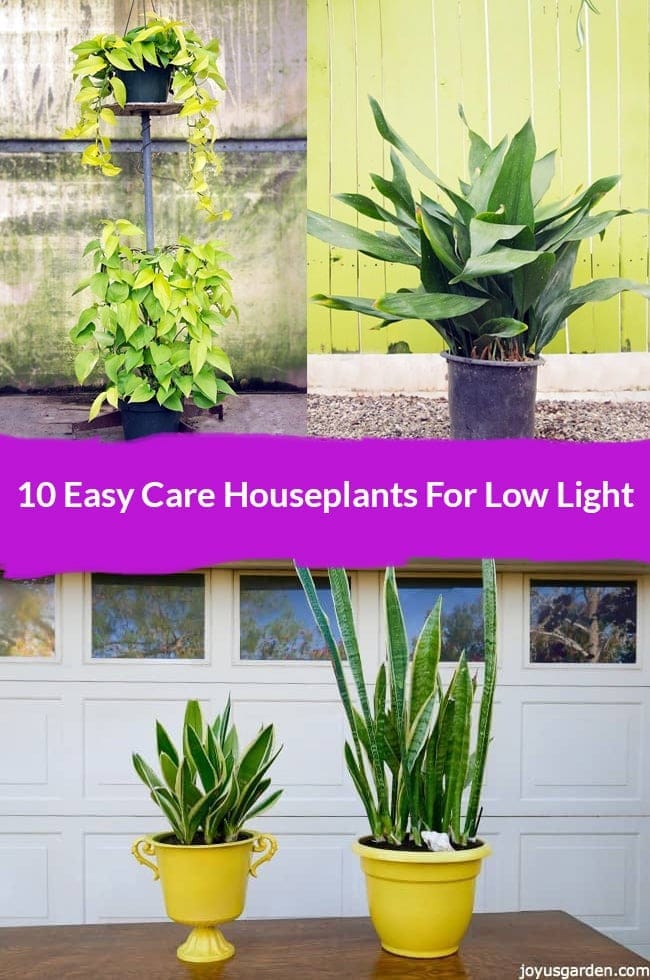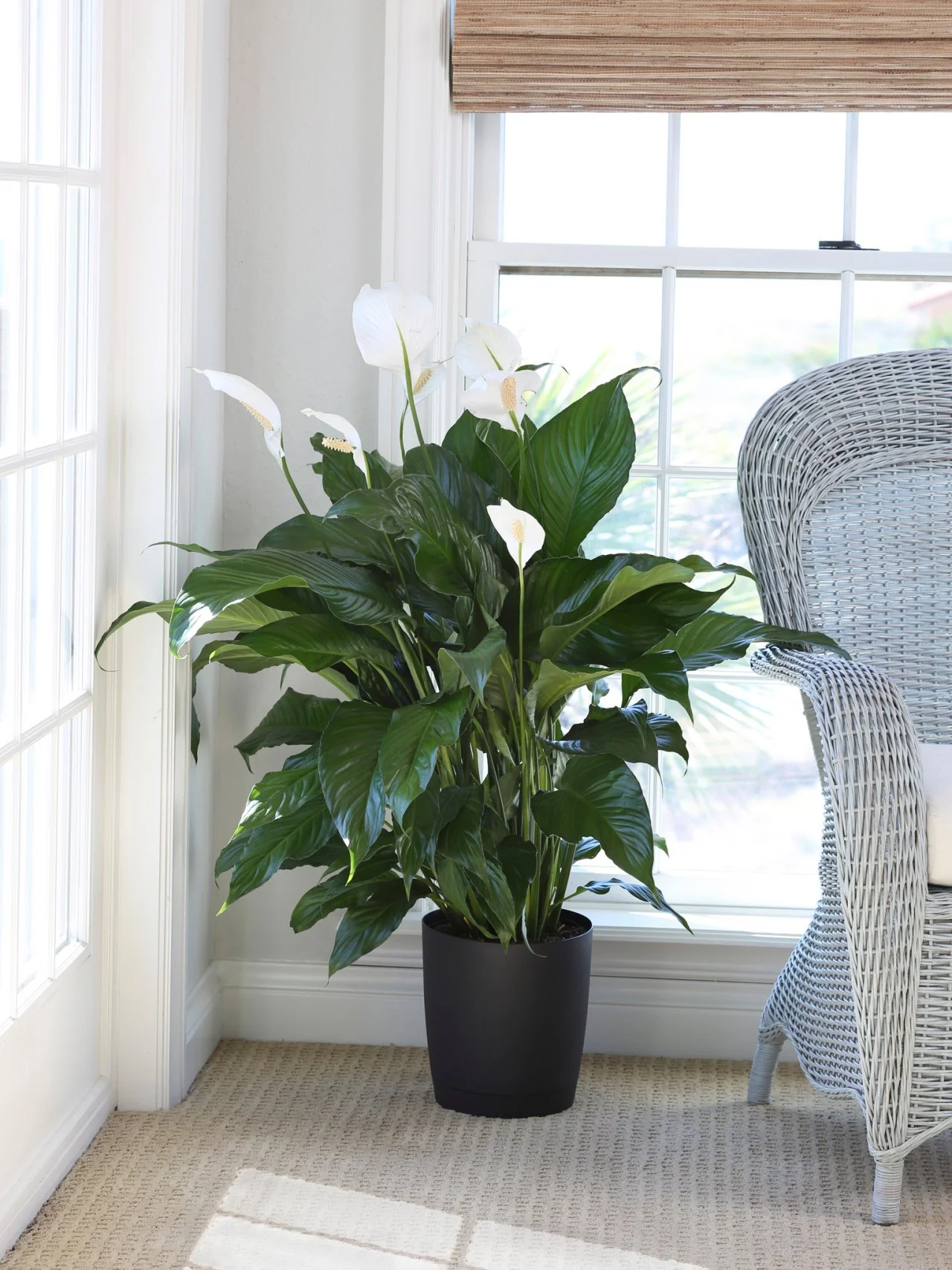Top 10 Best Low-Light Indoor Plants for Dark Rooms and Apartments
Top 10 Best Low-Light Indoor Plants for Dark Rooms and Apartments
Blog Article
Discover the very best Low-Light Indoor Plants for Enhancing Your Home Decoration
Integrating low-light indoor plants right into your home design can substantially boost both looks and environment, especially in rooms that lack plentiful all-natural light. Ranges such as the Snake Plant and ZZ Plant not just bring life to lower corners but additionally add to improved air quality and general well-being. Understanding the one-of-a-kind attributes and care needs of these plants can cause a more unified living environment. As we discover the top selections and their creative applications, one might wonder just how these selections can change your space right into a flourishing refuge.

Why Pick Low-Light Plants
Why select low-light plants in your indoor areas? The contemporary living setting usually offers challenges such as restricted natural light, making it difficult for typical houseplants to flourish. Low-light plants are specifically adjusted to survive and grow in these conditions, using a practical remedy for individuals looking for to enhance their interior spaces without the included stress of keeping more light-demanding vegetation.
Along with their strength, low-light plants contribute considerably to the visual appeals of an area. Their varied series of sizes, shades, and forms enables one-of-a-kind interior design chances, developing inviting and lively ambiences. Additionally, interior plants are recognized for their air-purifying qualities, improving indoor air high quality by launching and filtering contaminants oxygen, which can improve overall health.
Low-light plants also require minimal maintenance, making them particularly appealing to busy individuals or those new to gardening. Their versatility enables placement in different atmospheres, from workplace to poorly lit edges of the home. By choosing low-light plants, you can delight in the advantages of plant without the constraints that frequently come with typical gardening, ultimately promoting a much healthier and extra aesthetically enticing interior atmosphere.
Top Low-Light Indoor Plants
For those looking for to improve their indoor spaces with plant that grows in low-light problems, numerous plant choices attract attention for their strength and visual appeal. The Snake Plant (Sansevieria trifasciata) is a preferred selection, understood for its upright, sword-like leaves and ability to tolerate forget. This hardy plant can make it through in poorly lit locations while improving interior air quality.
Another excellent option is the Pothos (Epipremnum aureum), defined by its heart-shaped leaves and trailing vines. When positioned on racks or hanging baskets., Pothos is not only adaptable to low light however likewise uses a striking visual comparison.
The ZZ Plant (Zamioculcas zamiifolia) is just as remarkable, flaunting shiny, dark eco-friendly leaves that can illuminate any edge. Its drought resistance makes it ideal for active property owners.
Care Tips for Low-Light Plants
How can you make sure that your low-light interior plants prosper regardless of minimal sunlight? Initially, select the proper potting mix that provides great water drainage while keeping wetness. A well-aerated dirt, such as a mix of potting soil and perlite, can help protect against root rot.
Watering is critical; low-light plants generally need much less frequent watering compared to their sun-loving counterparts. Constantly examine the top inch of the dirt-- if it feels completely dry, it's time to water. Be cautious of overwatering, as this can result in fungal problems and origin degeneration.
Feeding low-light plants ought to be done moderately - Best low-light indoor plants. Make use of a balanced, water-soluble fertilizer during the expanding period, yet remove or reduce fertilizing in the dormant months
Furthermore, dirt can build up on fallen leaves, hindering photosynthesis. Gently wipe the leaves with a moist towel to keep them tidy.
Last but not least, observe your plants very closely. Signs of distress, such as yellowing fallen leaves or leggy growth, can show that your plant requires changes in treatment (Best low-light indoor plants). By adhering to these care suggestions, your low-light indoor plants can flourish, adding elegance and vigor to your home
Imaginative Ways to Show Plants
Raising the aesthetic useful source charm of your indoor space can be achieved by thoughtfully displaying your low-light plants in innovative ways. Think about utilizing vertical room to your advantage; wall-mounted racks can display tracking plants like pothos or philodendron, adding lushness while conserving flooring room. Use plant stands of varying heights to develop visual rate of interest and depth, drawing the eye upwards.
Hanging planters are one more excellent option, supplying a remarkable impact when suspended from the ceiling or hooks. Macramé wall mounts can introduce appearance and bohemian style, while modern ceramic wall mounts can fit a minimal aesthetic. For a more cutting-edge strategy, repurpose special containers such as classic teacups or glass jars, which can add individuality to your screen.
Organizing plants in collections is also reliable; use differing pot sizes and shades to produce a cohesive appearance. This technique not only boosts visual impact but additionally supplies a natural environment feeling - Best low-light indoor plants. Finally, consider putting plants near lights like home windows or lights to optimize their growth and display their vibrant vegetation, hence enhancing the general setting of your indoor setting.
Benefits of Indoor Greenery
Countless studies have actually shown that incorporating interior plant into your space supplies a wide range of benefits, improving both mental and physical well-being. One of the most significant advantages of indoor plants is their ability to improve air quality. Plants soak up co2 and launch oxygen, developing a much healthier environment while also straining dangerous contaminants, hence advertising breathing health and wellness.
Furthermore, the presence of plant has actually been linked to decreased stress levels. Study suggests that communicating with plants can lower cortisol levels, which are related to stress and anxiety. This relaxing result can cause enhanced mood and enhanced efficiency, making indoor plants an excellent addition to work areas.
Furthermore, indoor plant can boost cognitive function. Research try this website studies recommend that settings enhanced with plants can cause boosted focus, creativity, and overall psychological clearness. The aesthetic charm of indoor plants additionally adds to a much more inviting and pleasurable atmosphere, positively affecting social communications and general fulfillment within an area.
Verdict

Including low-light interior plants into your home décor can significantly boost both aesthetics and ambience, particularly in areas that lack plentiful all-natural light. Ranges such as the Serpent Plant and ZZ Plant not only bring life to lower corners yet likewise add to enhanced air quality and general well-being. Indoor plants are understood for their air-purifying high qualities, boosting anchor interior air quality by filtering system contaminants and releasing oxygen, which can enhance general health.
For those seeking to enhance their indoor areas with plant that flourishes in low-light problems, numerous plant alternatives stand out for their resilience and aesthetic charm. These resistant plants, such as the Snake Plant and ZZ Plant, flourish in dim problems and call for minimal maintenance, making them appropriate for different way of livings.
Report this page